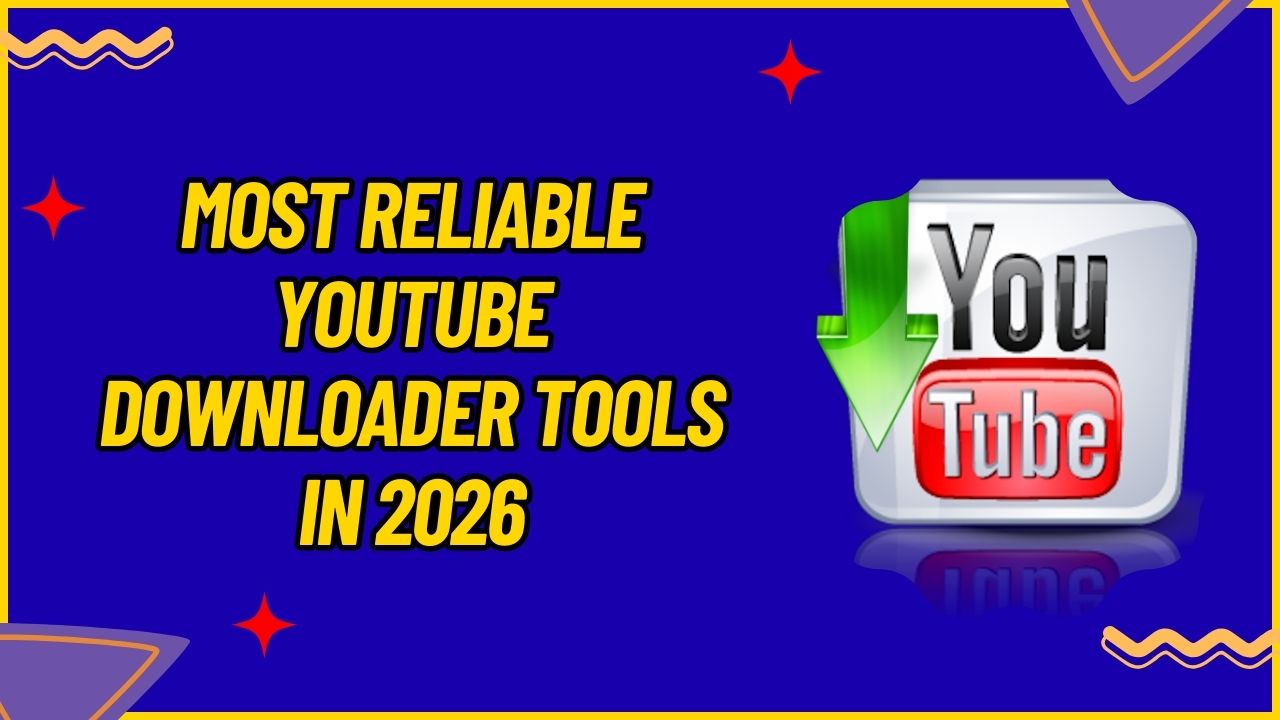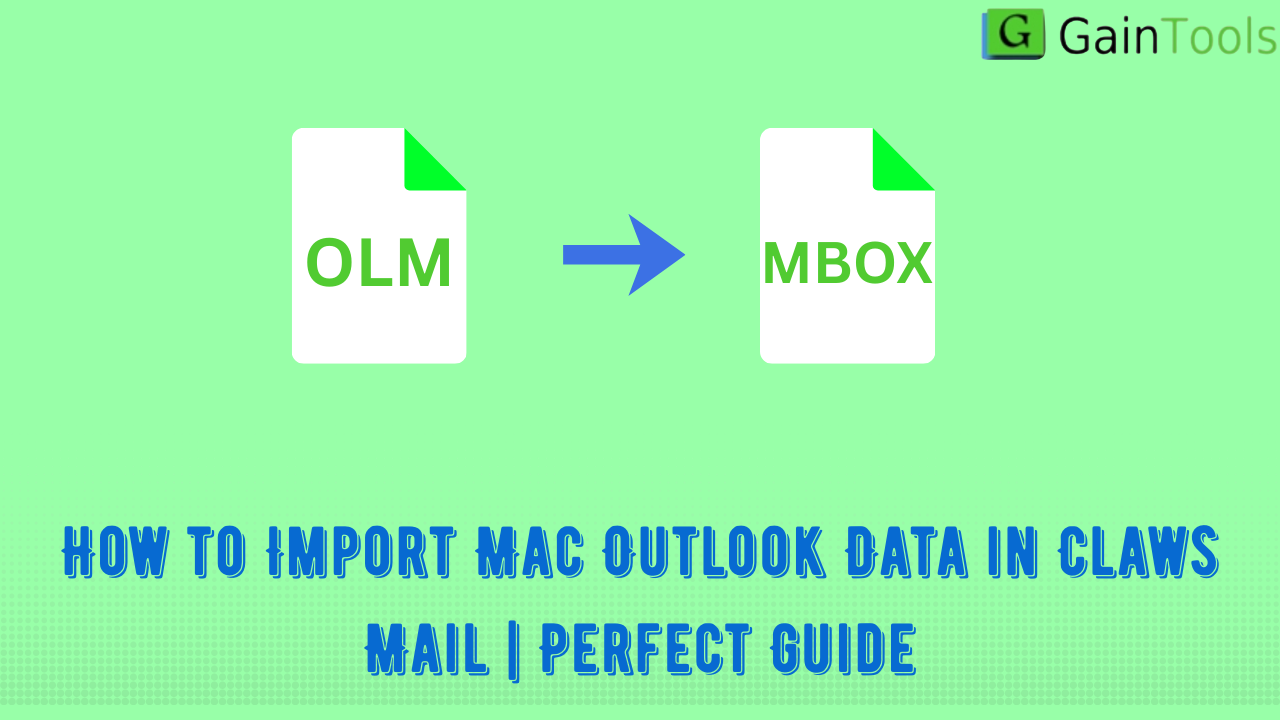Search engine optimization (SEO) is constantly evolving, yet it remains one of the most effective strategies for attracting organic web traffic. It’s the practice of improving your website’s search rankings so that you can increase your online presence and boost conversions.
It’s no secret that Google rules the roost in the search engine game with a market share of around 90 percent. Bloomberg reports that Alphabet’s search engine is so dominant that it is the most searched term on its toothless second-closest rival, Bing.
Love it or hate it, Google is the search engine you want to rank favorably on, and staying on top of your SEO strategy is your best bet. And we’ve got your back.
From integrating keywords into your image alt tags to auditing your existing content, here are up-to-date tips for SEO success in 2022.
Targeting long-tail keywords are important.
The increasing relevance of Google Answer Box and voice search has made optimizing for long-tail keywords essential. These are key phrases produced in a question-answer format. They’re typically more specific and longer (often with 2, 3, or more words).
While long-tail keywords have lower search volumes than their shorter, regular counterparts, they can be pretty helpful in the grand scheme of things. That’s because they show both what people are looking for in search and why.
A typical example of a long-tail keyword would be where to find cheap soccer cleats online, as opposed to a regular keyword like soccer cleats. The benefits of targeting long-tail keywords are diverse and apparent:
- They increase your conversion rates
- Long-tail keywords will help you also rank for short-tail and secondary keywords
- They allow you to predict, identify, and prepare for future SEO trends
- They help you tailor and personalize your content
- They increase the odds of your web pages and content becoming seen
So, how can you incorporate them into your content for better ranking results? Of course, you cannot simply stuff your posts with many long-tail keywords. Instead, you’d want to integrate them effectively and naturally. Here’s how:
- Start by setting well-defined goals for your content marketing
- Craft buyer personas to better understand the search intent of your target audience
- Do keyword research and pick the suitable long-tail options
- Create relevant, timely, and engaging content while integrating the keywords effectively and naturally into it.
Integrate keywords into your website’s on-page elements.
Keywords are at the core of SEO. Once you have done keyword research and made a list of relevant keywords, you’ll need to incorporate them into your content so that Google crawlers can understand the context of your web pages. Your web pages will rank more favorably on Google for relevant results when you optimize your content with the right keywords.
Integrating keywords can help users, too. They’ll understand the context of your content better and decide whether your page is suitable for what they’re seeking. Text-based content isn’t the only place to incorporate your keywords.
You can also integrate them into various other on-page elements, such as meta titles, meta descriptions, HTML headers, and alt-text. You’ll further help your pages rank higher for those keywords when you incorporate them into these elements.
As you may already know, Google doesn’t favor content over-stuffed with keywords. So, don’t go overboard with keyword integration, as this can end up hurting your ranking. Likewise, it would be best if you didn’t force the placement of keywords throughout your content but instead used them naturally, making sure they integrate seamlessly into the flow of things.
Keep up with emerging search trends.
Google continually refines its search engine algorithm, meaning a lot can change in a matter of weeks or months. Lucky for you, this means that you can better determine what users are after on a search. More importantly, it’s wise to keep up with and tap emerging trends in the search arena.
For instance, businesses should look for content gaps and keyword opportunities to bring value by providing answers to users’ pain points and answering their specific questions. Don’t forget that SEO is not a one-and-done but rather an ongoing mission around optimized content marketing.
Businesses are better positioned to enhance their search visibility and provide their audience with timely answers to their burning questions and relevant content.
Don’t forget about local SEO.
Users are searching for the best services, products, and businesses near them, and they need answers sooner rather than later. That’s where local SEO can come in especially handy. It’s a segment of SEO that ensures business websites are ranked better in local search results.
These local SEO efforts include link building, content creation, and on-page optimization with a localized and hyper-focused intent. Getting your website on local search is crucial, particularly for land-based businesses that serve specific regions, cities, towns, or even states.
Whether you’re a local business in Las Vegas, a drop-shipping company focused on Idaho, or a global firm with a local office, local SEO can mean the difference between striking a new lead and losing yet another potential customer to your competition. Marina Turea, at Digital Authority Partners, says that this can mean everything when done right and provides searchers with information about you as well!
Incorporate keywords into headings.
When you place target keywords in HTML tags or headers, you tell Google and searchers that these keywords are essential. Much like a table of contents gives context to the reader, keywords incorporated into titles can have the same effect on search engine crawlers.
That’s not to say you should force keywords where they do not fit. You must keep user experience in mind and only incorporate keywords where they will work. In practice, that means using secondary keywords and variations of the primary keywords to prevent overstuffing.
Focus on creating a compelling user experience.
When creating your content, researching keywords, and optimizing on-page elements, you’d want to keep in mind how they will affect the users’ experience every step of the way. Google (and other search engines) consider various factors when ranking your web pages, and dwell time (how long they’re spending on the page) is one of them.
If your web visitors bounce from the page within moments of landing, it tells Google that the content isn’t relevant or not what the user is seeking. That’s why it is essential to create a compelling and lasting user experience.
Do not neglect the increase in Google traffic.
After you have managed to keep users on the page, you need to increase the number of users and entries to your website. One of the important ranking factors is that the user chooses your website and enters it. If users enter your website among the search results shown by Google, and by improving the user experience in the previous method, you can keep the user on your website. You give this signal to Google that your website is good and deserves higher ranks to get more views from users.
Now suppose that many people on your website behave like this; meaning that, they googled a certain keyword or phrase, clicked on your site link among the Google search results, entered your site, stayed on your site for a while, and clicked on the links and buttons on the page. Obviously, if this behavior is repeated by many users, it shows that your site is popular with users and has a good reputation.
In such a case, your site will be given a lot of positive points and Google will assign a higher rank to your website because it seems that many users are interested in your site and will find their answer by referring to it.
If you want to simulate this process, you need a tool that can simulate a new person with each visit, meaning that, the IP and specifications used to enter your site are different from previous visits. One of the best tools that automatically performs the process of simulating search and clicking, is the vUser SEO booster bot. This tool automatically searches for your desired keyword in Google, finds your site link on any page of Google results, clicks on it, and enters the site. Also, this tool has other capabilities you can refer to the virtual user site to see the features of this tool and use its trial version.
Generously link internally.
As mentioned, dwell time is a ranking factor for Google, as it signals the relevance and usefulness of your content to the user and concerning the keyword. Another closely related metric is the overall time spent by the user on your website, and Google also uses it for its rankings. Naturally, the longer the visitor spends on your website, the more likely they’ll take the desired action, such as booking a room, purchasing a product, or signing up for a newsletter.
More than that, longer stay times signal to Google that your content is relevant to the user’s search intent and high quality. So, how do you ensure a visitor stays on as long as possible on your website?
First of all, you must craft in-depth, engaging, and relevant content. It must be fun, entertaining, and informative enough to keep the reader’s attention for quite some time.
The next best bet is to use internal links to direct the users to other relevant content within your site. When you do so, you drive your visitors deeper and deeper into the website so that they stay longer. Doing this increases the chances of content engagement in a positive or meaningful manner, such as sharing content on social media or commenting on your post, both of which are important to SEO ranking in and of themselves.
Audit your content regularly.
Most SEO professionals and content creators are so focused on generating new content that they forget to revisit the old. And that’s a big blunder. When you audit your existing content, it helps you assess whether it’s accomplishing desired goals and delivering a return on investment (ROI).
Content auditing also helps you determine whether the content info (such as data, best practices, and tips, i.e.) is still relevant or has become outdated. Ultimately, it should tell you which types of content are working for you so that you can focus your attention on them.
With Google taking a particular interest in content relevance, regular audits and refinements can make a massive difference in your SEO strategy.
Get rid of spammy, broken, and outdated backlinks.
Not long ago, backlinks were among SEO’s best-kept secrets. Yes, backlinks are still relevant when it comes to search ranking, but the quality and status of those links are now more vital than ever. If your site has been around for quite a while, the chances are good that other website owners have reached out to you for backlinks.
Unfortunately, most backlinks end up sending users and, inadvertently, Google to spammy, shady, or fraudulent websites. It could be possible that those websites have shut down shops or relocated their URLs. No matter the case, it’s important to review your current backlinks and eliminate those no longer functioning or relevant.
Conclusion
Since things evolve in terms of SEO and Google’s search engine algorithm, one thing’s for sure, relevant and top-quality content is a great place to begin. By executing the handy SEO tips above, though, you can rest assured that you’ll rank higher on Google. That’s because these practices will help you optimize your content for both search engines and users.






Leave a Reply